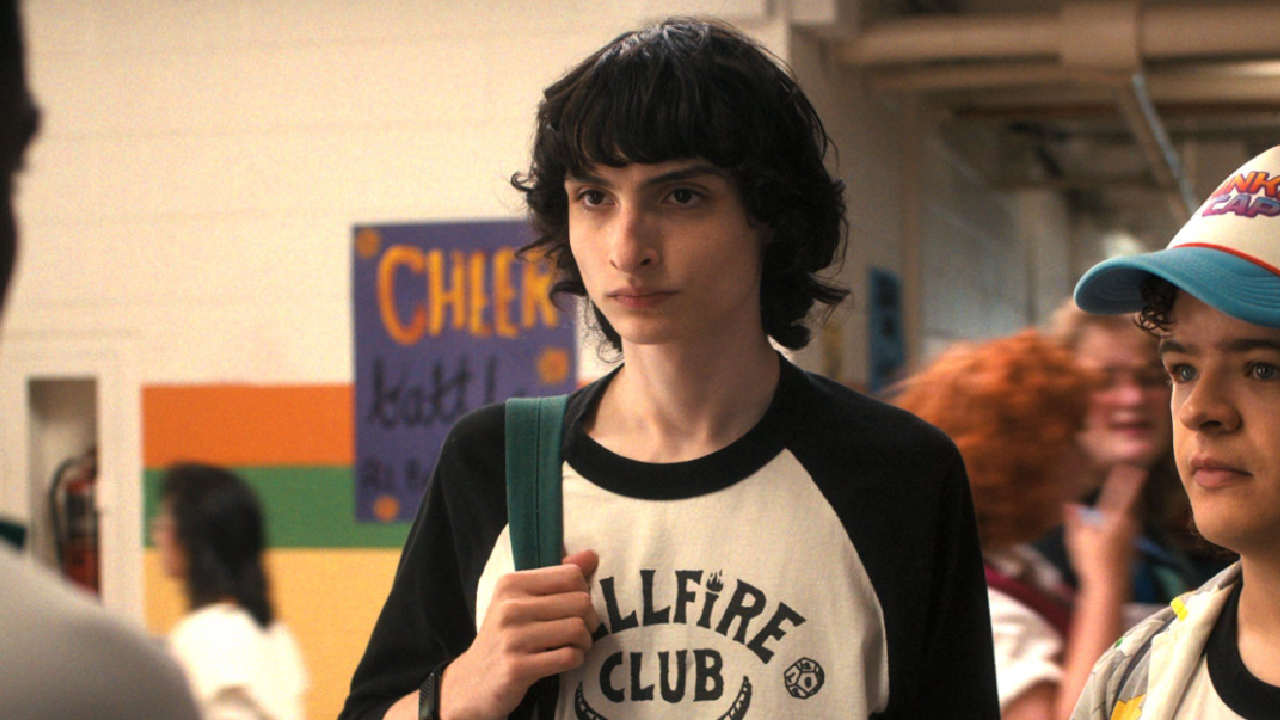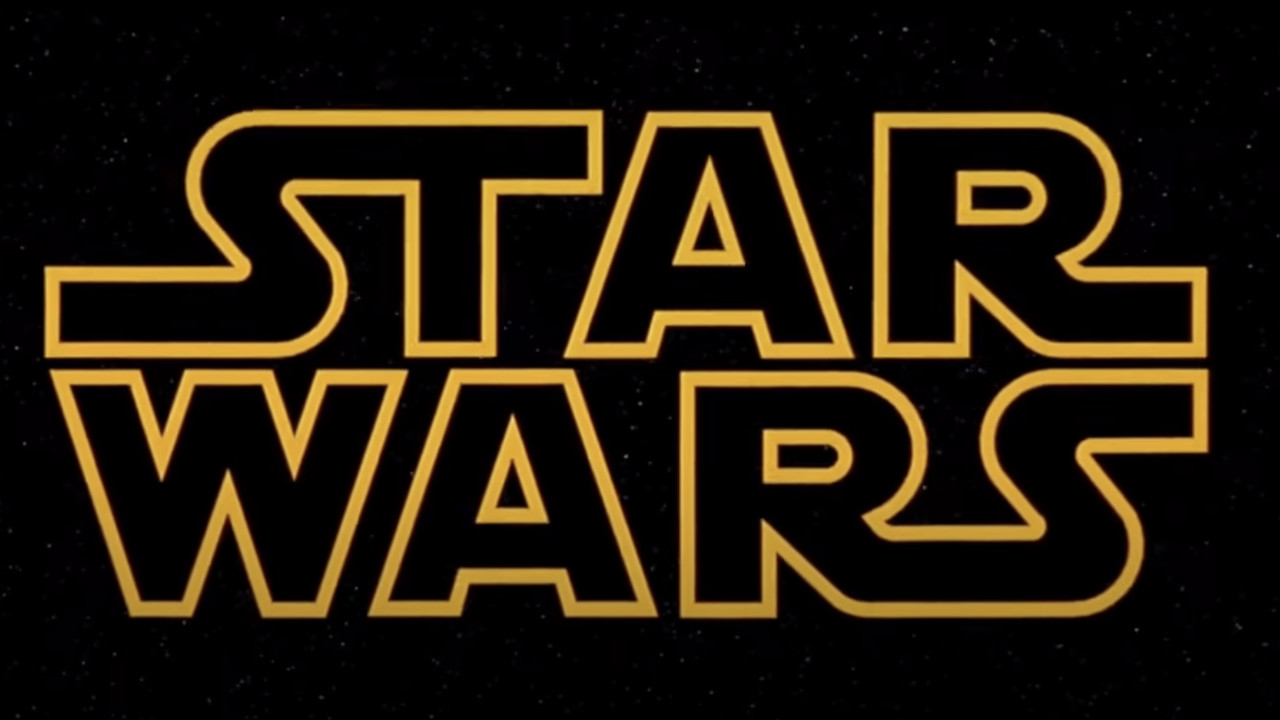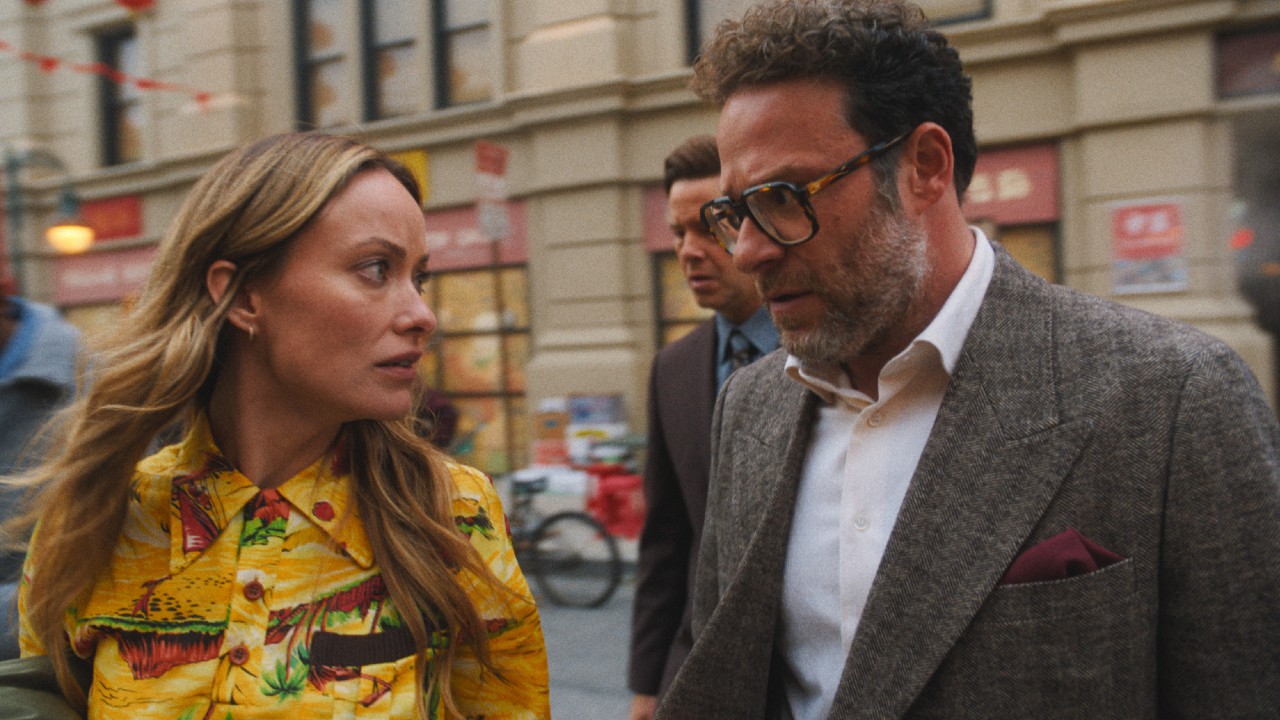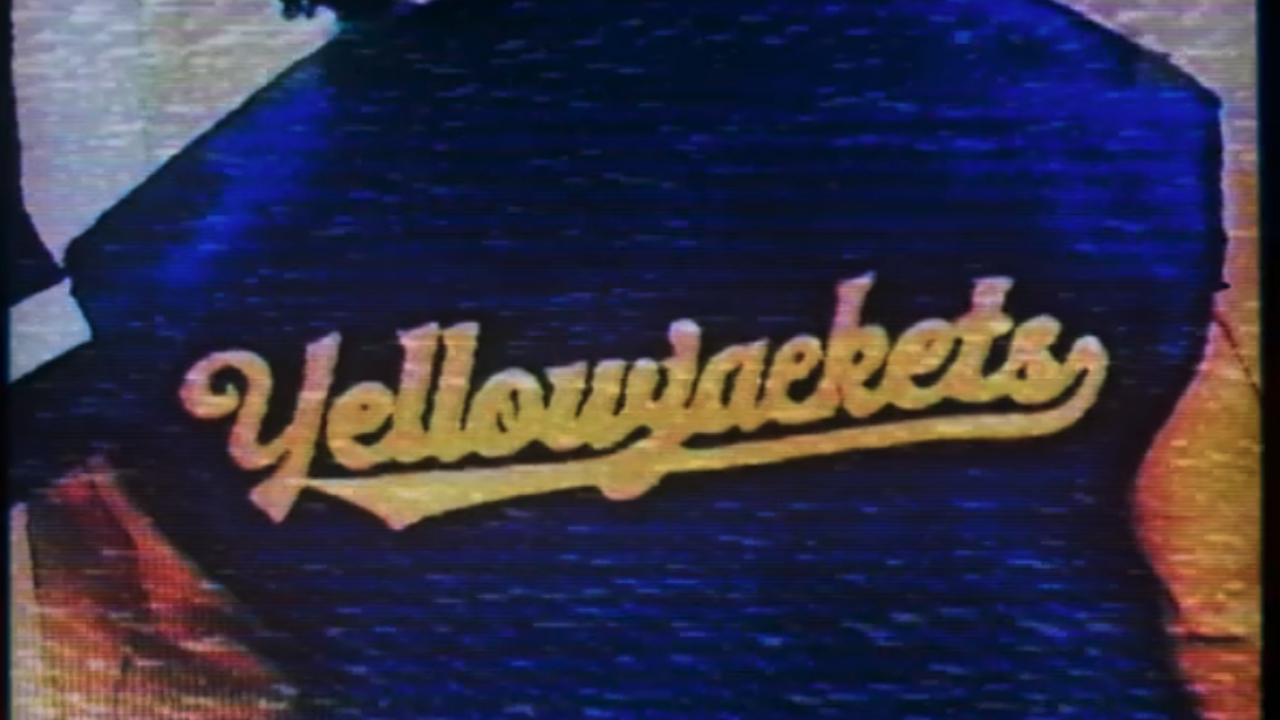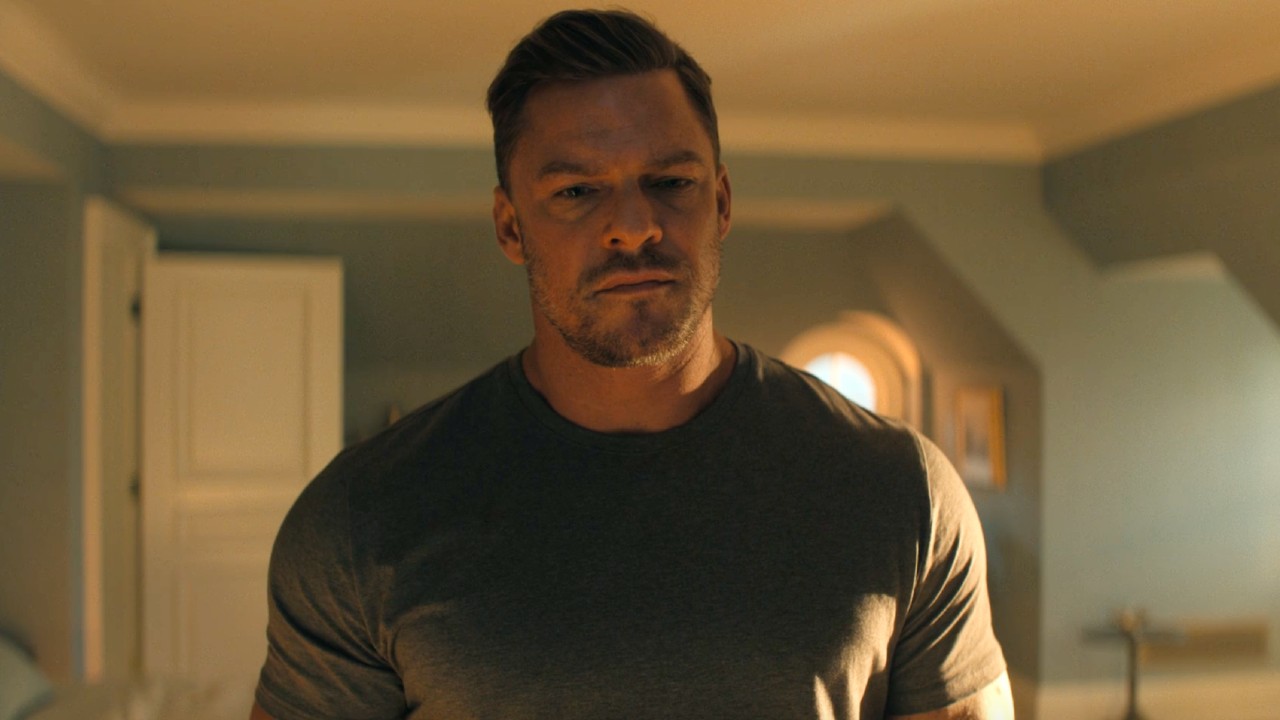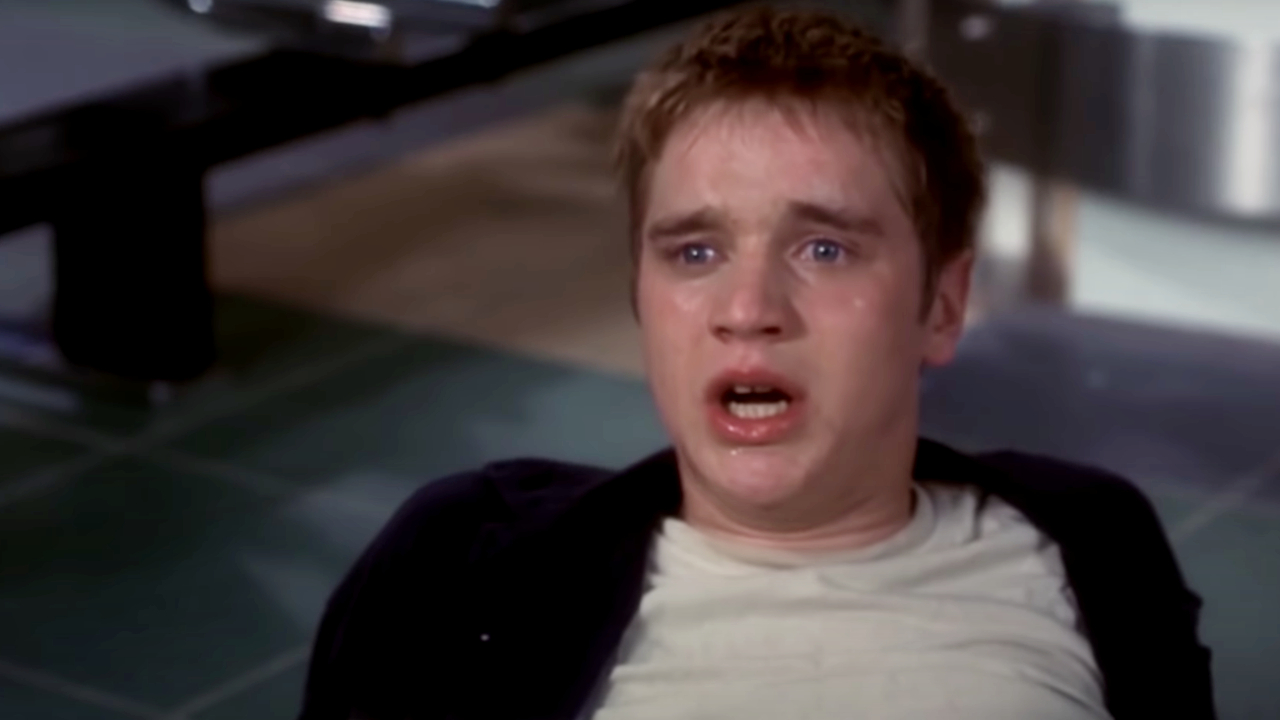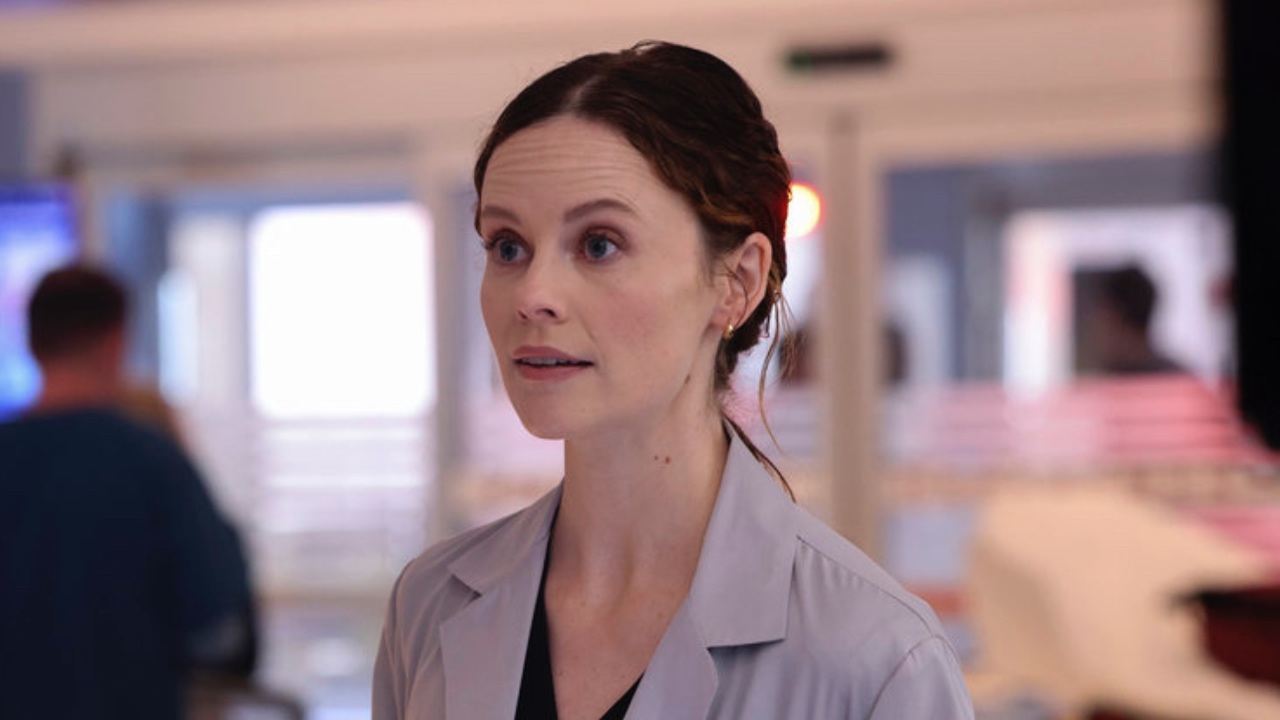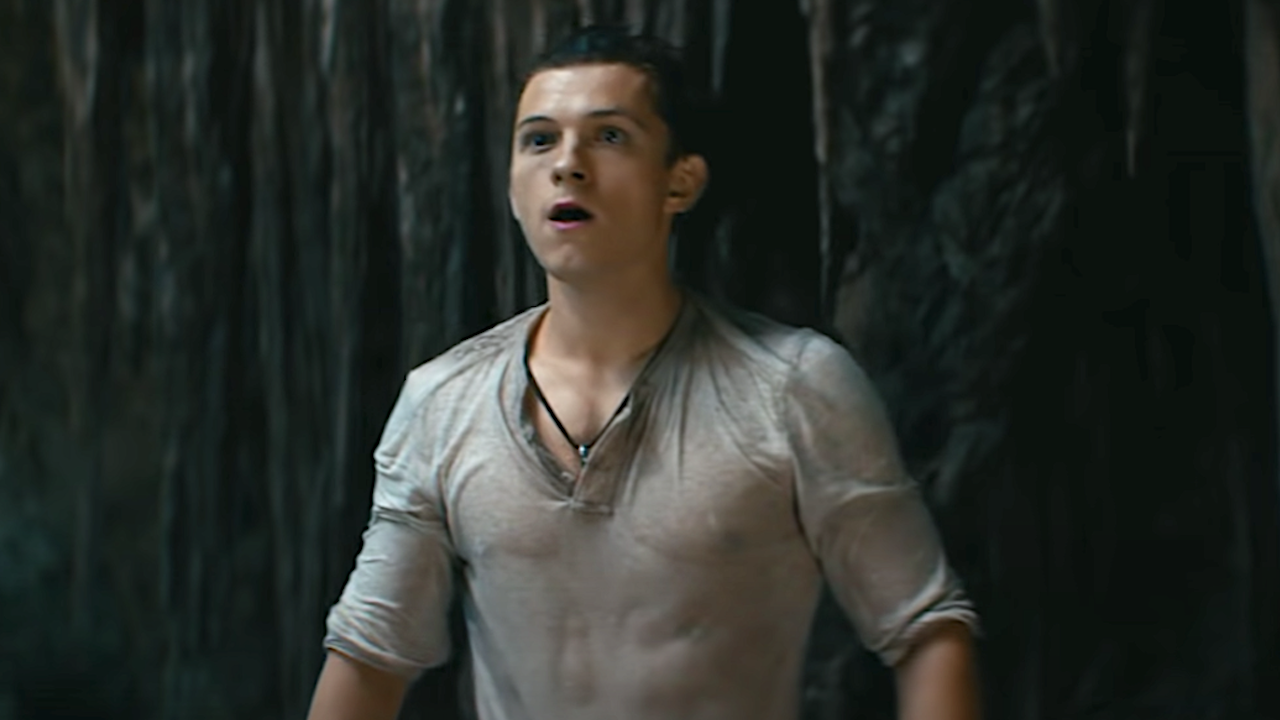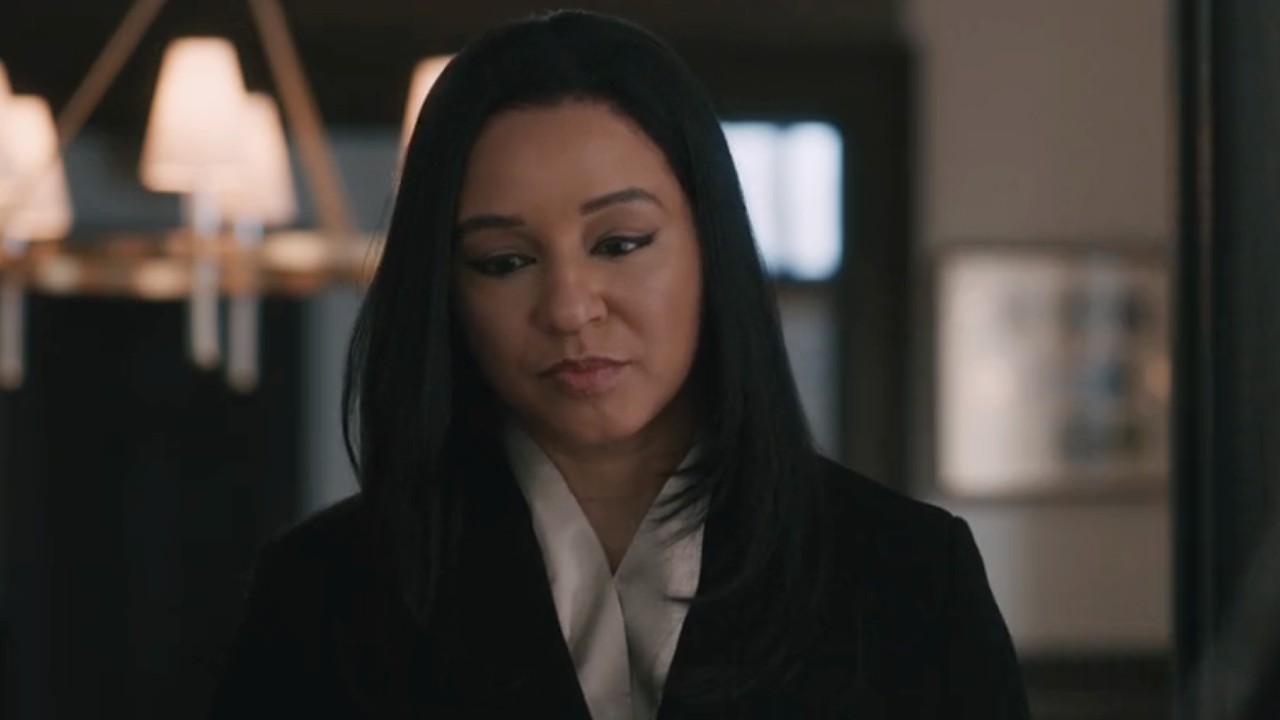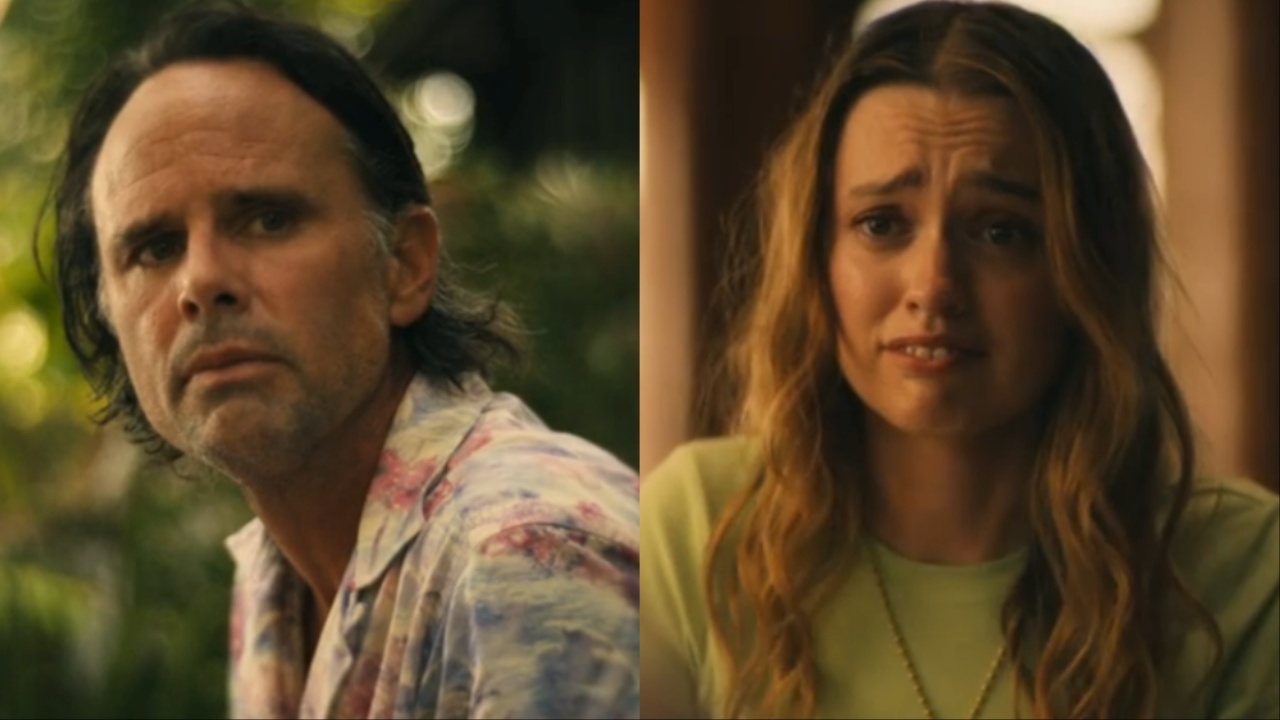The Cloverfield Paradox Ending: All The Ways This Movie Connects To The Previous Two
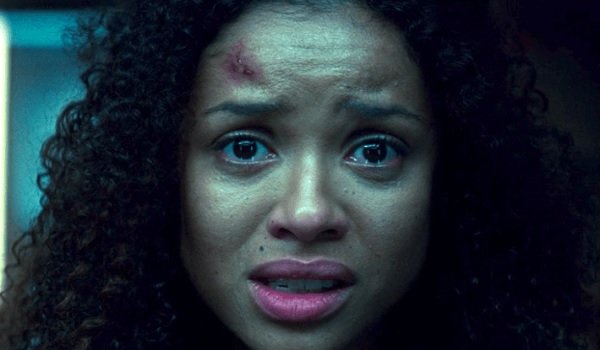
WARNING: Spoilers for The Cloverfield Paradox are in play. If you haven't seen the film, head to the nearest parallel universe, and come back once you're current.
In the most Cloverfield move that the franchise could have pulled, Netflix's The Cloverfield Paradox went from trailer to release in a matter of hours. With the window between hype and payoff at its shortest ever, fans expected the third film in the loosely connected franchise to explain, as the trailer's teased, how the whole mess began. To a certain extent, the film did indeed give us a reason for why and how the Cloverfield universe happened.
However, the explanation is so subtle that the audience might have missed the answers for which they have been looking. It's bound to happen when your film is a non-stop exercise in momentum, especially when The Cloverfield Paradox mostly focuses on the events on the space station named in the title. Upon a closer look though, The Cloverfield Paradox has enough answers to show that the events of this film do indeed touch off the rest of the goings on in the Cloverfield universe. And we're about to share them with you, so let's get started by reviewing just what had happened at the end of the film.
How It Ended
After dispatching of the traitorous Jensen (Elizabeth Debicki), and transmitting the formula for a functioning Shepard Particle Accelerator, Ava (Gugu Mbatha-Raw) and Schmidt (Daniel Bruhl) get patched up and leave the now operational, but severely damaged, Cloverfield Station. Their capsule heads towards Earth, which is intercut with footage of Ava's husband, Michael, on the phone with a friend of his on the inside of Mission Control. He's given the news that she's heading back to Earth, and will splash down on the Delaware coast. Michael, upon hearing the news, freaks out, as this means that she's being allowed to come home to "those things." As he loses his mind, telling his friend not to let her come home, we then cut to the capsule re-entering our atmosphere. It disappears below the clouds, and for a moment everything is serene. That is soon disrupted in the film's final moments, which show a fully grown Cloverfield monster poking its head through the cloud cover, roaring in horrific fashion. The Cloverfield Paradox has officially been born.
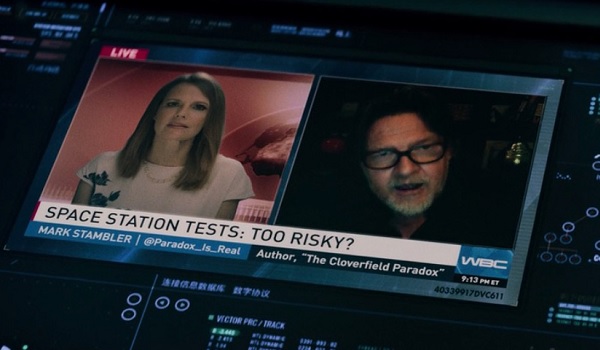
What Is The Cloverfield Paradox?
Humanity can't say that it wasn't warned about the possibility of such monsters being unleashed upon the world. Much like the real-life Large Hadron Collider, there were people theorizing that one false move in the experiments conducted with such particle acceleration would have some rather adverse effects. In particular, Donal Logue's cameo as Professor Mark Stambler -- a figure active in The Cloverfield Paradox's viral marketing campaign -- promoted his book of the same name, which foretold such doom and gloom.
Professor Stambler was critical of what Tagruato was doing with their Cloverfield Energy Initiative - the force behind the creation and operation of Cloverfield Station, and more specifically, tried to warn the world that the Shepard particle accelerator shouldn't even be used. His main reason was that once the Shepard Particle Accelerator kicked into operation, there was a chance that "monsters, demons, and sea creatures" would be released through a rift in the space/time continuum. Even more ominously, he stated that this wouldn't only happen in the film's contemporary 2028 time period, but also throughout various points in time. Which leads us to just how Cloverfield and 10 Cloverfield Lane come into play. Read on!
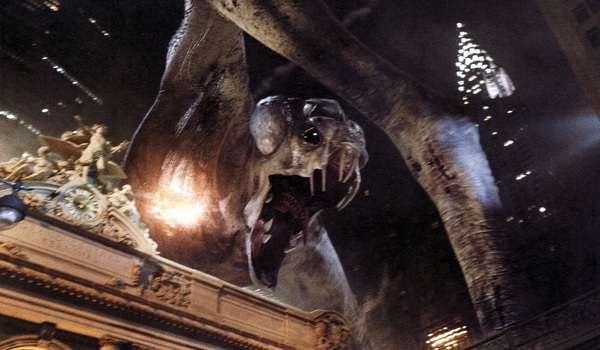
How The Film Connects To Cloverfield
Thanks to The Cloverfield Paradox's Professor Mark Stambler (Donal Logue), we now have the background as to why Clover was tearing up New York City. According to Professor Stambler's prediction, the moment the Shepard Particle Accelerator went into overload in The Cloverfield Paradox, a rift throughout all space and time was torn. At that moment in Cloverfield's 2008 / 2009 timeline, little Clover was sent into the ocean off of New York's coast in Cloverfield, just waiting to mix it up with the human population in New York in the not too distant future.
CINEMABLEND NEWSLETTER
Your Daily Blend of Entertainment News
Now this could have been the object that had theorized to come crashing through Earth's atmosphere at the end of Cloverfield, or Clover could have been transported to the ocean with the supposed Tagruato satellite crash landing into the ocean, and stirring it from the depths. But as we saw at the end of The Cloverfield Paradox, Clover's species now has a presence on two separate Earths -- the Earth of Cloverfield and the Earth of The Cloverfield Paradox. Remember, we saw two different universes in The Cloverfield Paradox, and on top of that, the world of 2028 had no prior knowledge of "those things," despite the Cloverfield incident taking place in the 2008-2009 timeframe.
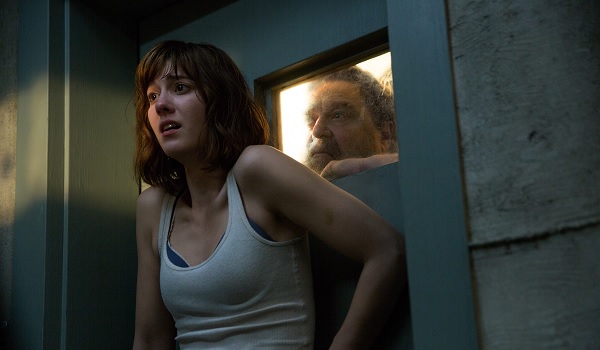
How The Film Connects To 10 Cloverfield Lane
While The Cloverfield Paradox and Cloverfield have a pretty direct link with the same type of monster being present in both films, 10 Cloverfield Lane's separate alien species leads to another facet of discussion in the Cloverfield universe's existence. A different, but definitely extra-terrestrial monster hits the New Orleans coast, which is again thanks to the Shephard particle accelerator in The Cloverfield Paradox throwing the multiverse out of whack. So with a new monster, and no prior knowledge of the creature from Cloverfield in play, how does 10 Cloverfield Lane fit into the mix? Well, much like The Cloverfield Paradox, the entire series looks to be a multiverse of at least three observable monster tales. And while the first and third films are lucky to have the same creature in their sights, the gigantic space beastie in 10 Cloverfield Lane is of a different stripe.
It should also be noted that Professor Mark Stambler is possibly / probably a relative of John Goodman's Howard Stambler, the antagonist from 10 Cloverfield Lane. It makes sense, as both run in the same nutty circles of thought, unafraid to regale folks with their theories of space creatures and science gone wrong, and both have credentials in this area. Remember, Howard was a Naval engineer, and Mark is a Professor of some sort of science related to this area. Last, but not least, it's known in 10 Cloverfield Lane that Howard had a theory on "mutant space worms." Taking that detail into account, there's a chance that those worms in The Cloverfield Paradox may or may not be the same worms Howard was talking about. Or worse, Clover and/or the creatures from 10 Cloverfield Lane could be mutated forms of said worms, all thanks to their exposure to the Shepard particle accelerator's overload.
With all of the evidence in mind, it's probably a good time to revisit The Cloverfield Paradox, and see how it all links up, as the film is currently showing on Netflix.

Mike Reyes is the Senior Movie Contributor at CinemaBlend, though that title’s more of a guideline really. Passionate about entertainment since grade school, the movies have always held a special place in his life, which explains his current occupation. Mike graduated from Drew University with a Bachelor’s Degree in Political Science, but swore off of running for public office a long time ago. Mike's expertise ranges from James Bond to everything Alita, making for a brilliantly eclectic resume. He fights for the user.
